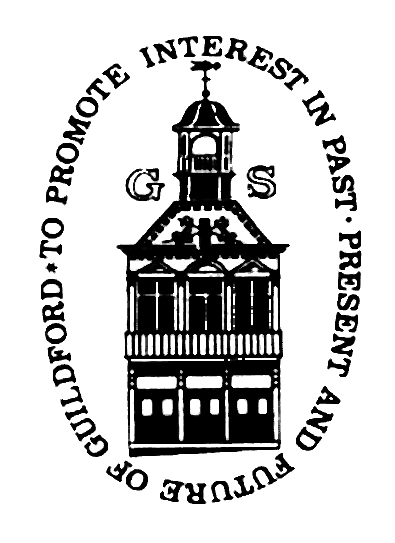

The
River Wey is unusual because it has
two sources, one near Haslemere, and the other near Alton.
The two rivers join at Tilford. The river then flows 44km (28 miles) through
Godalming, Guildford and Woking to join the Thames at Weybridge.
Guildford is located in a gap in the North Downs carved by the river. Much
of the North Downs is chalk, but just upstream of Guildford, at St
Catherine’s, the sandstone is exposed. This is the source of the golden sand
that may have led to the early name “Golden Ford”
The
Wey has a large catchment area
of 1,000 km2 (390 miles2) with an average rainfall of 681 mm (2.68 inchs)
per year. Half is lost to vegetation and evaporation leaving a flow of 700
million litres a day. In the past this ensured that there was always a good
flow of water through Guildford, even in the summer.